The number of refugee and migrant arrivals in the EU surpassed one million in 2015 – discounting the thousands that died en route.
In recent months, Italy, Greece and Turkey have come under scrutiny as the main points of entry for people from Africa and the Middle East.
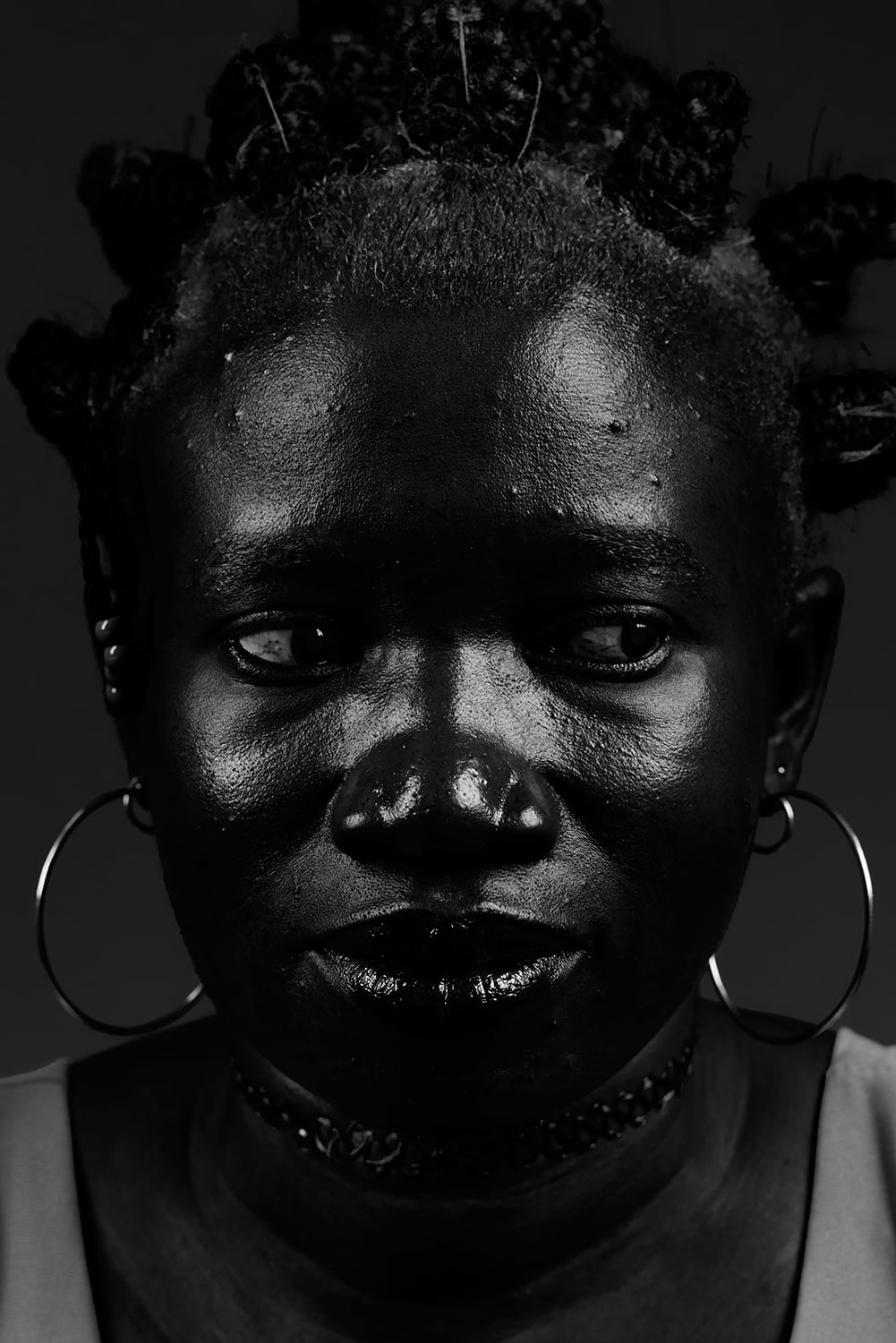
The situation is perhaps most felt in the Mediterranean’s coastal towns, where over 300,000 have made the perilous crossing to Europe by sea in the last year, according to the UNHCR.
“The topic is high on the agenda now,” says Sicily-born, London-based photographer Salvatore Di Gregorio.
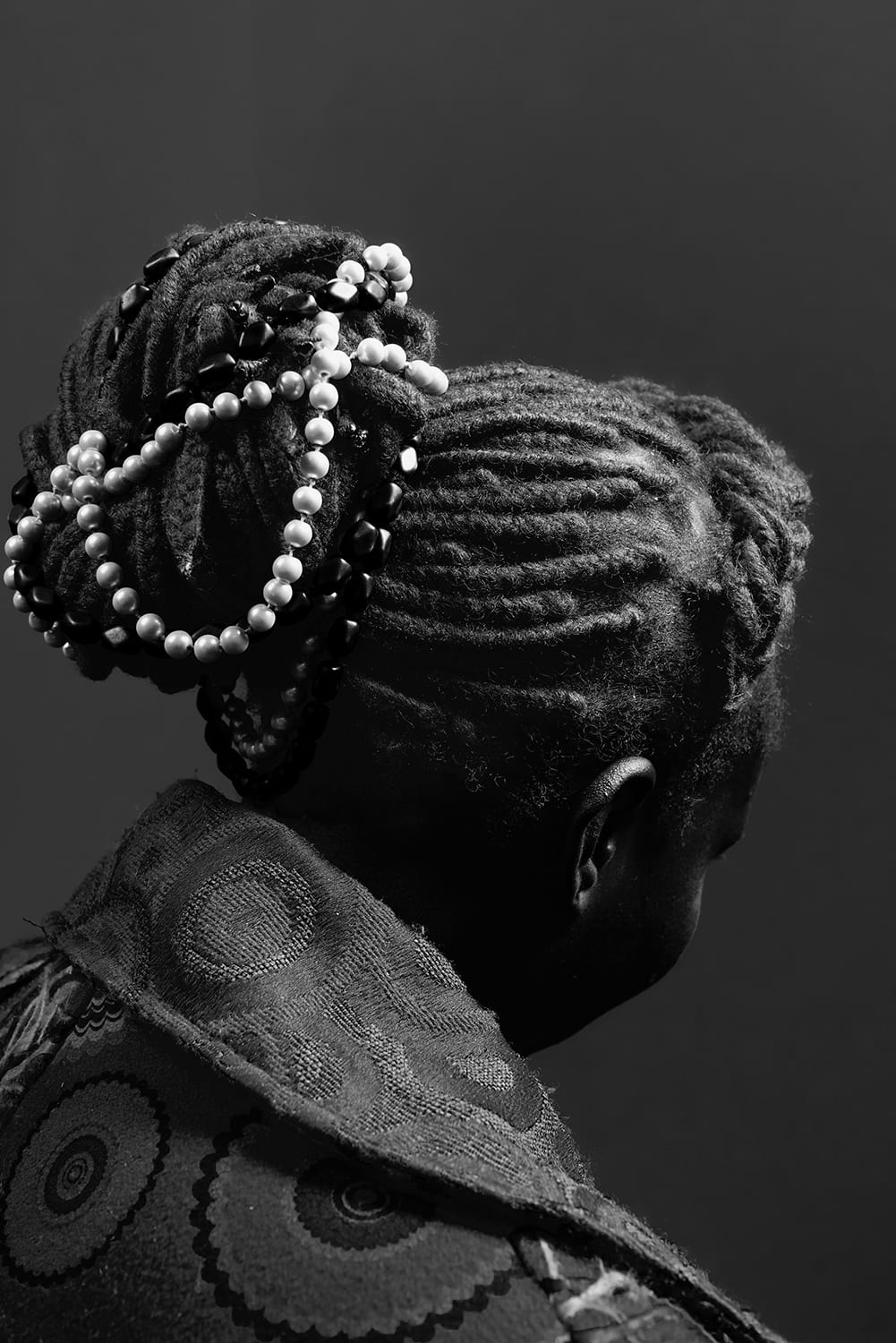
“But this has been in the news for twenty years in Sicily. To the people, it has always felt like, ‘this is your problem, you deal with that.”
His home is very much on the frontline: half of Italy’s migrants currently reside in the island’s temporary centres, increasingly met with hostility from locals amid growing economic and political insecurity.
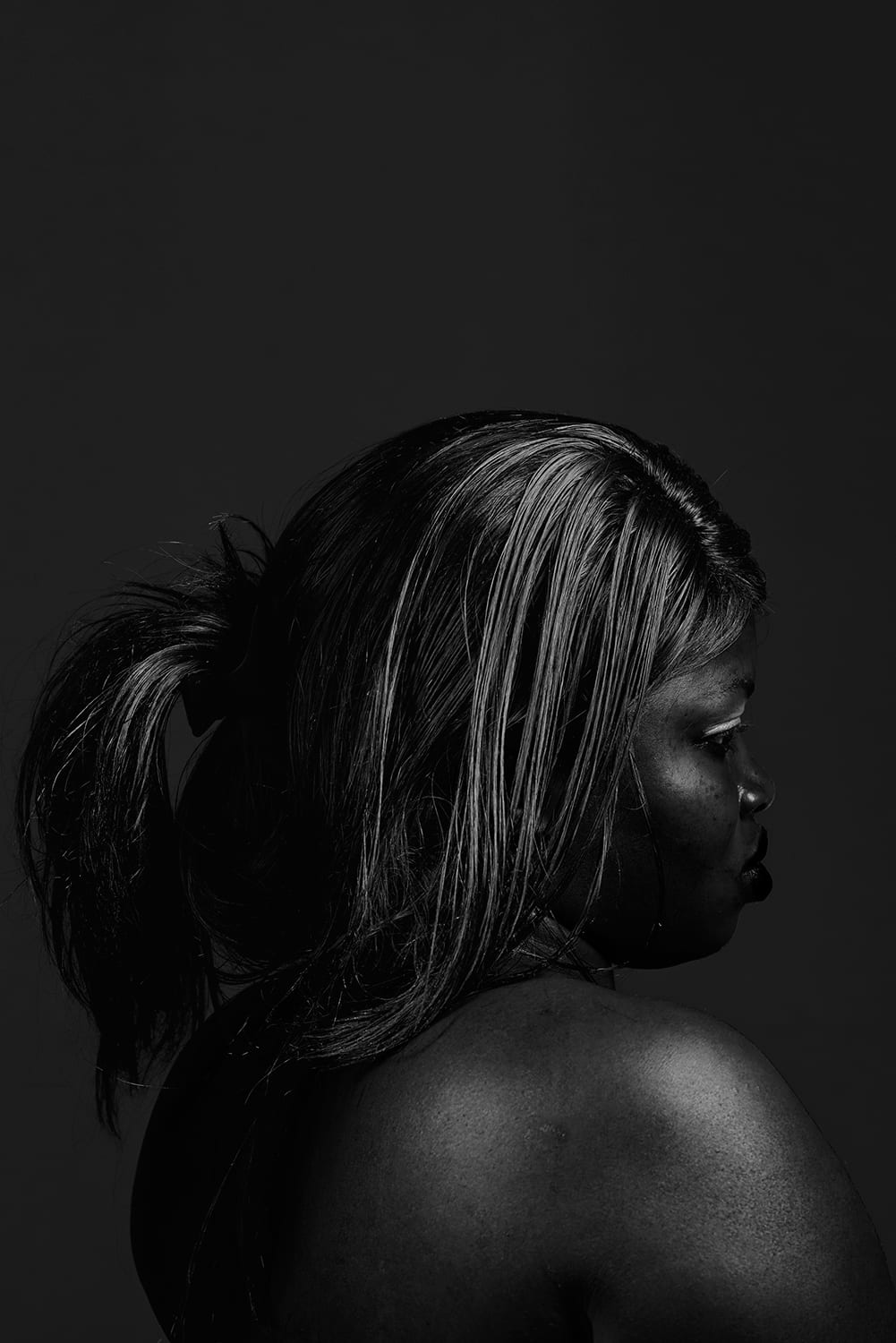
Di Gregorio’s latest series of portraits, Project Mirabella: Tales of Beauty, is a reaction to this climate.
“When you have a crisis like this and you don’t have a state that helps you to handle it, you are left abandoned,” Di Gregorio says.
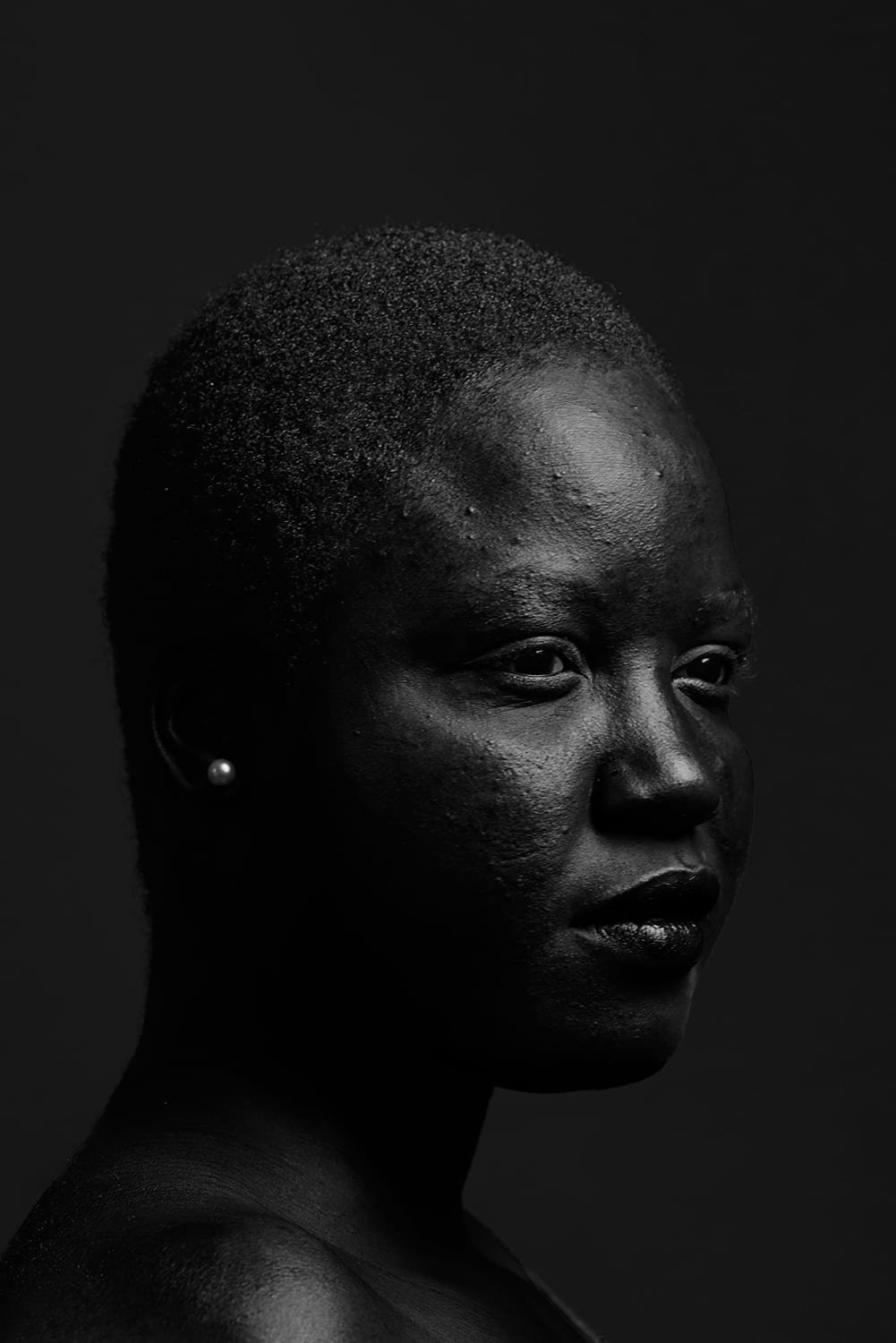
“People are really getting angry. And it’s sad to say, because Sicily was always a welcoming place. We’re unfortunately losing that attitude because at some point you get tired of these things. The people don’t want to deal with this situation any more.
“This project is important for me personally and to show my community another side to the refugees: they can be beautiful, approachable, positive.”
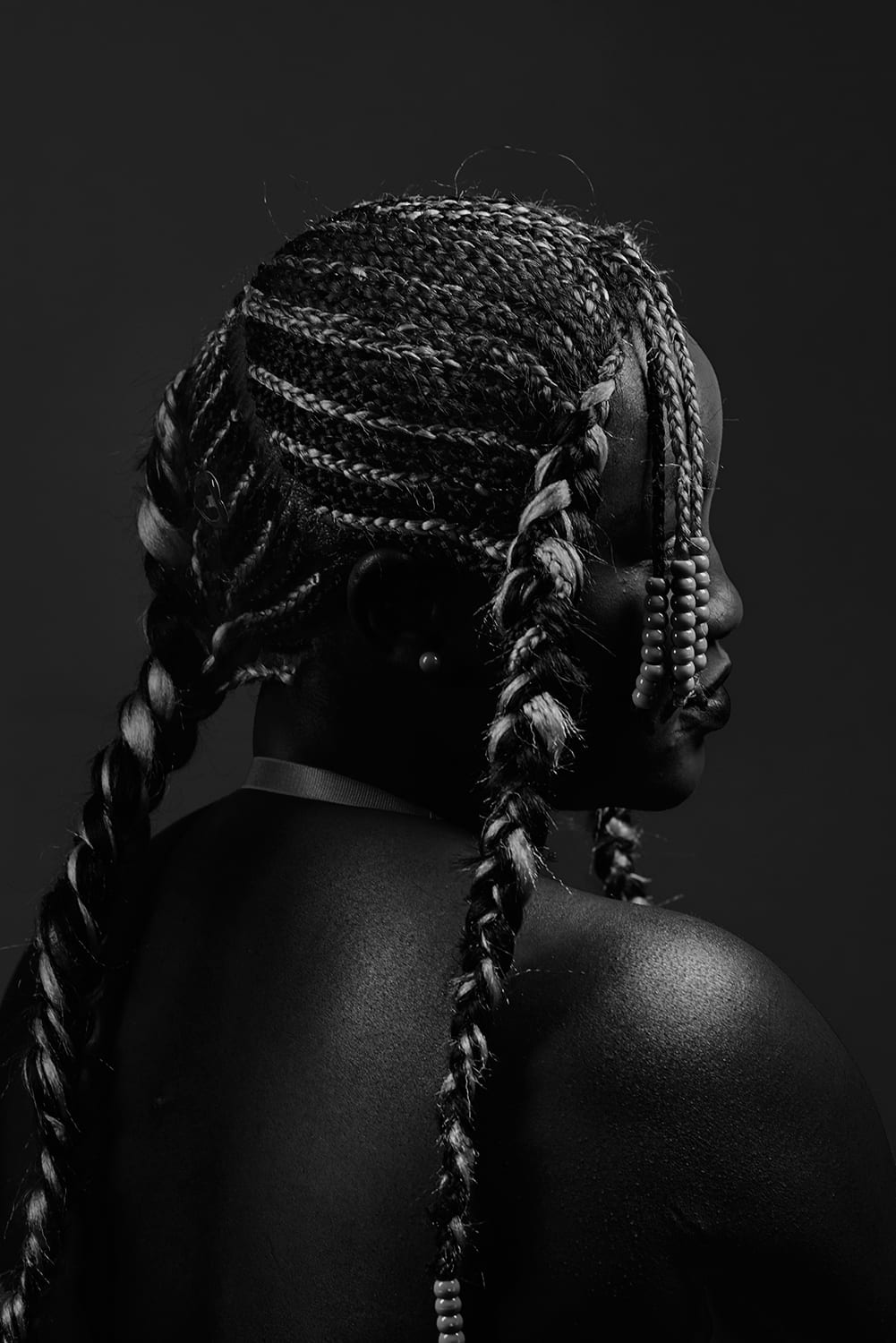
Di Gregorio captures fifteen women, all of Nigerian descent, living in a women-only camp in Mirabella Imbaccari, a quiet town of around 5,000 inhabitants. Their right to stay here is being reviewed by ministers this month.
In Project Mirabella, Di Gregorio invites each woman to create a look to reflect this troubling, transitory time and their feelings towards their refugee status.
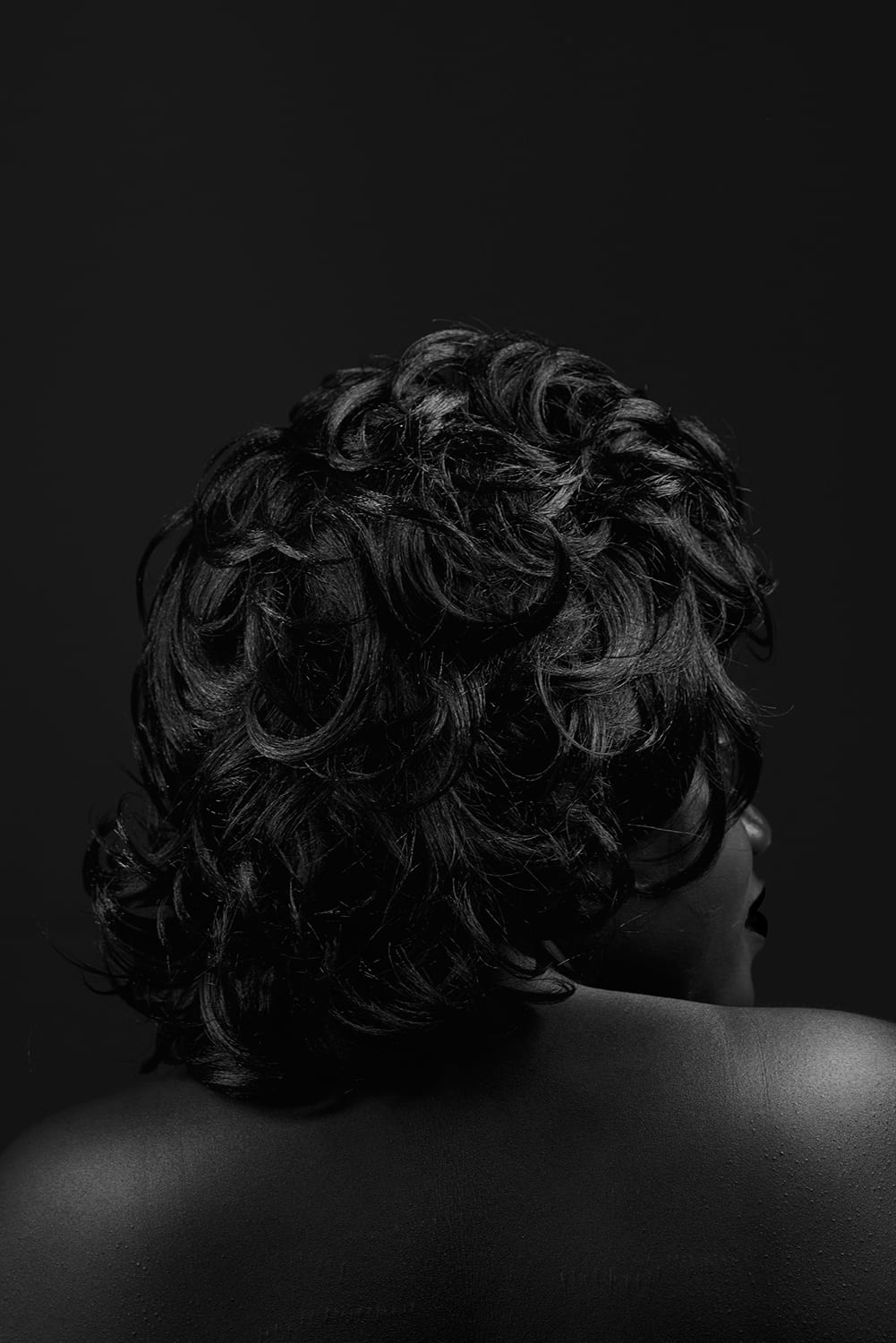
By doing so, he tows the line between portrait photography and reportage. “I’m mixing the language of fashion photography with social life and real-people experience,” he says.
“I told them I would like to create a moment where they can express their emotional state as a refugee,” Di Gregorio says.
“You are living in a particular time of your life, you won’t be like this forever. I want to see your emotional take on that by doing something you love; your hair and make-up.”
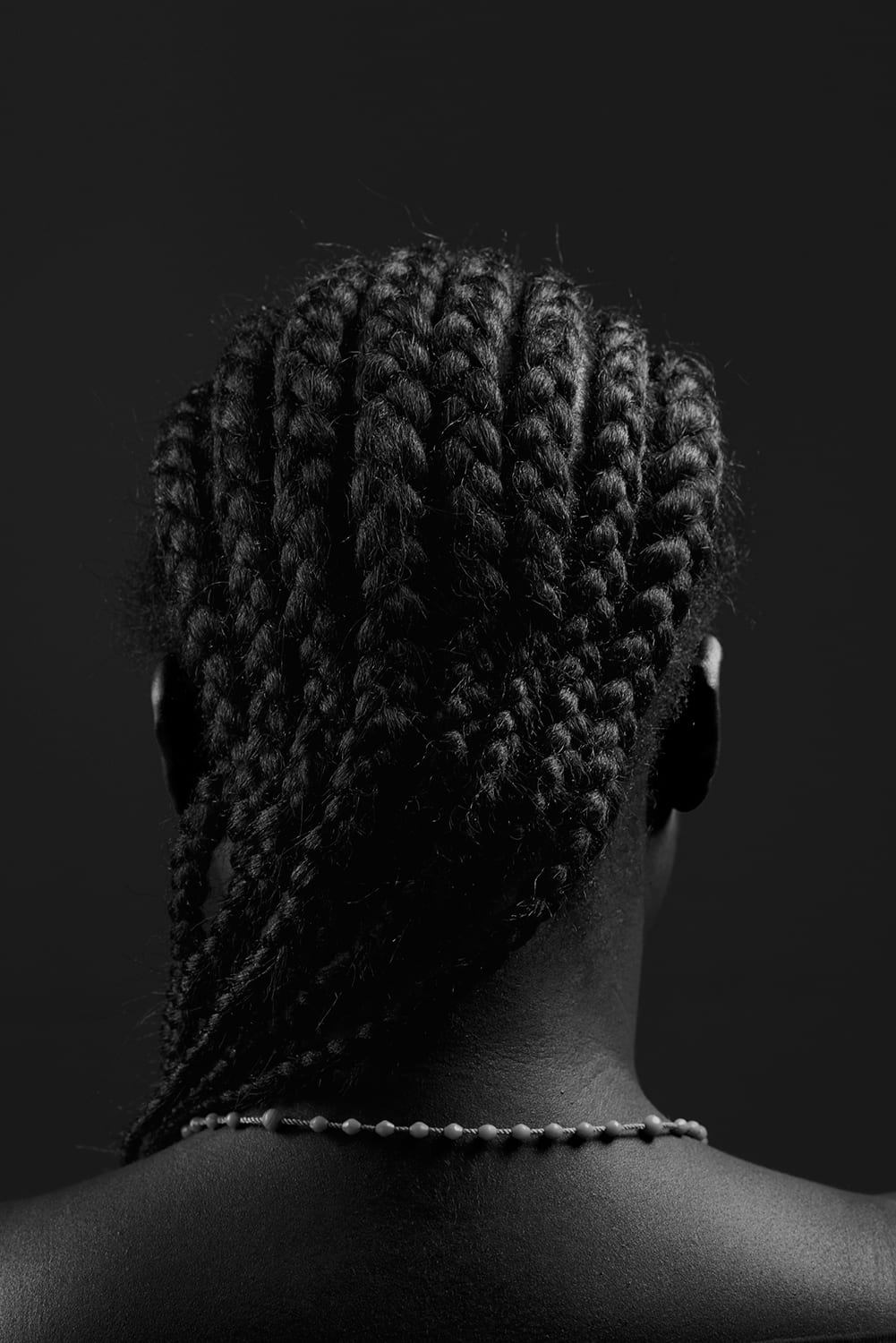
In West Africa, the culture and tradition of hair styling is an elaborate art that can express everything from emotions to social status. Looks can communicate different meanings – even down to the finest details, a single strand of hair, a smudge of eyeliner.
The challenge was to find the right materials – shells were acquired from a nearby market, make-up from a local artist.
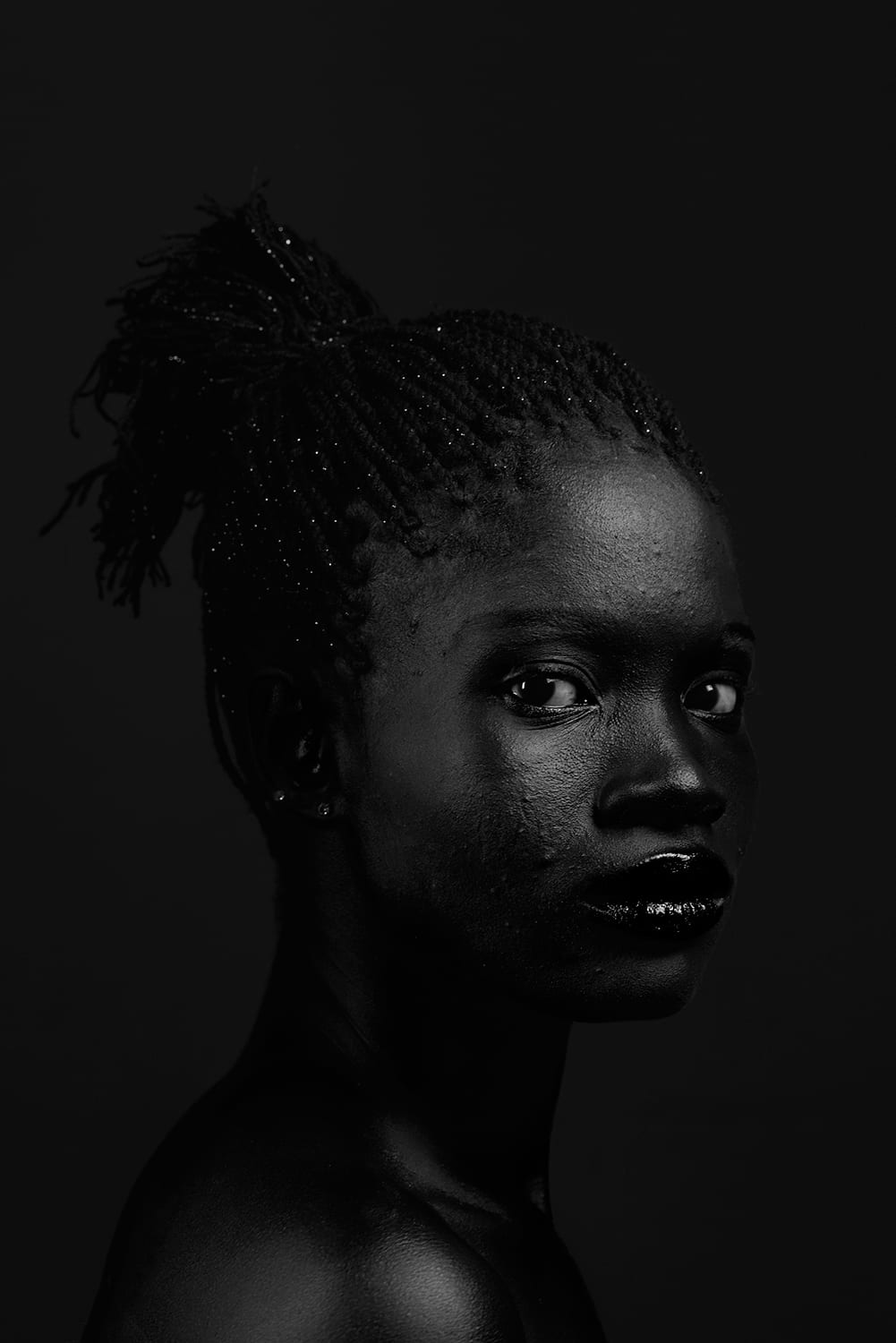
The result is a conceptual yet searingly intimate depiction of these unique and individual women’s displacement from their Nigerian heritage, and their troubled integration into Sicilian culture.
Low Cut, an image of a woman called Blessing Decalov, is one of his favourite images: “Blessing said that, when she landed in Sicily, she cut all her hair off. That was exactly what I was looking for. She did that when she got to Sicily to change her life. She wanted to show the world: ‘I’m here like this.’”
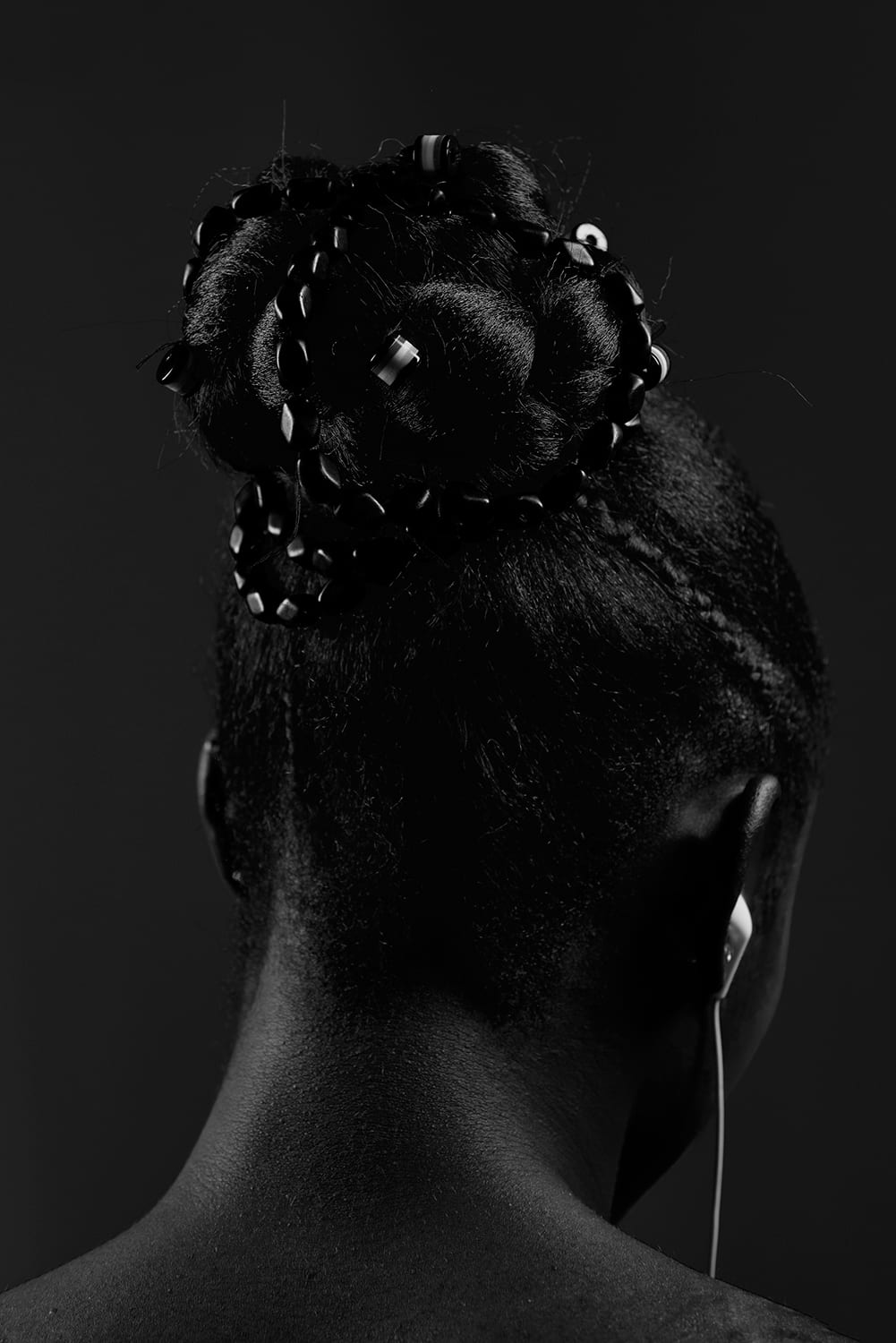
Another portait is of a woman called Sweet Chiogie. “She struck me because she called the look Regina, which means queen. She wanted to feel like a queen, she wanted to be beautiful,” he says. “And this is her crown.”
For Benin-born Chiogie, her look is celebratory: “My purpose of making this hair is because it makes me happy,” she told Di Gregorio. “I want people to know how I feel… I want the world to know that I can do something with my hands.”
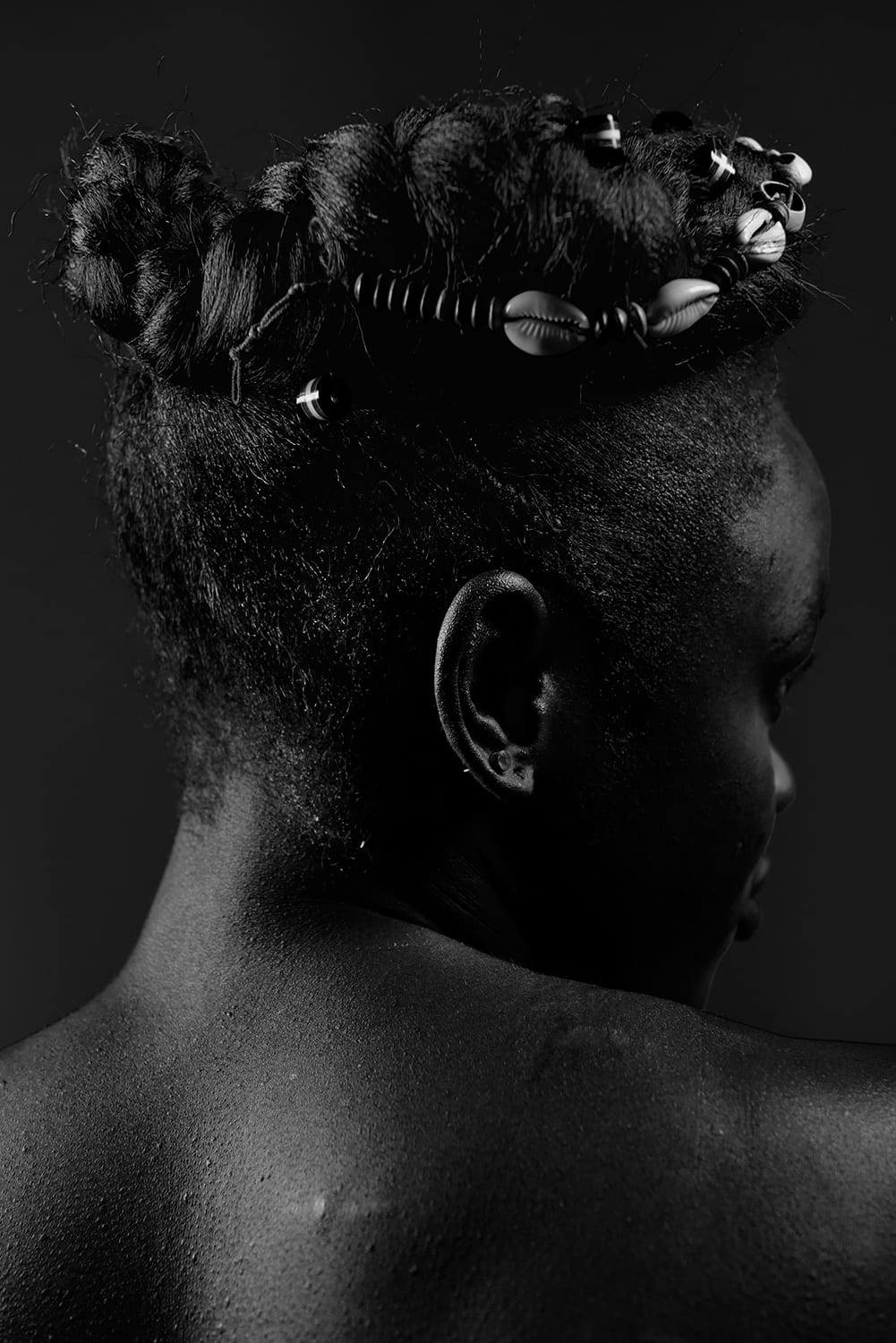
The choice to shoot in black and white is unusual, yet it provides a unified sense of strength.
“It was hard for me to choose black and white because the colour here is so beautiful,” admits Di Gregorio. “I wanted to give them the same opportunity to be as they are. Using black and white gives them the same equal emotion.”
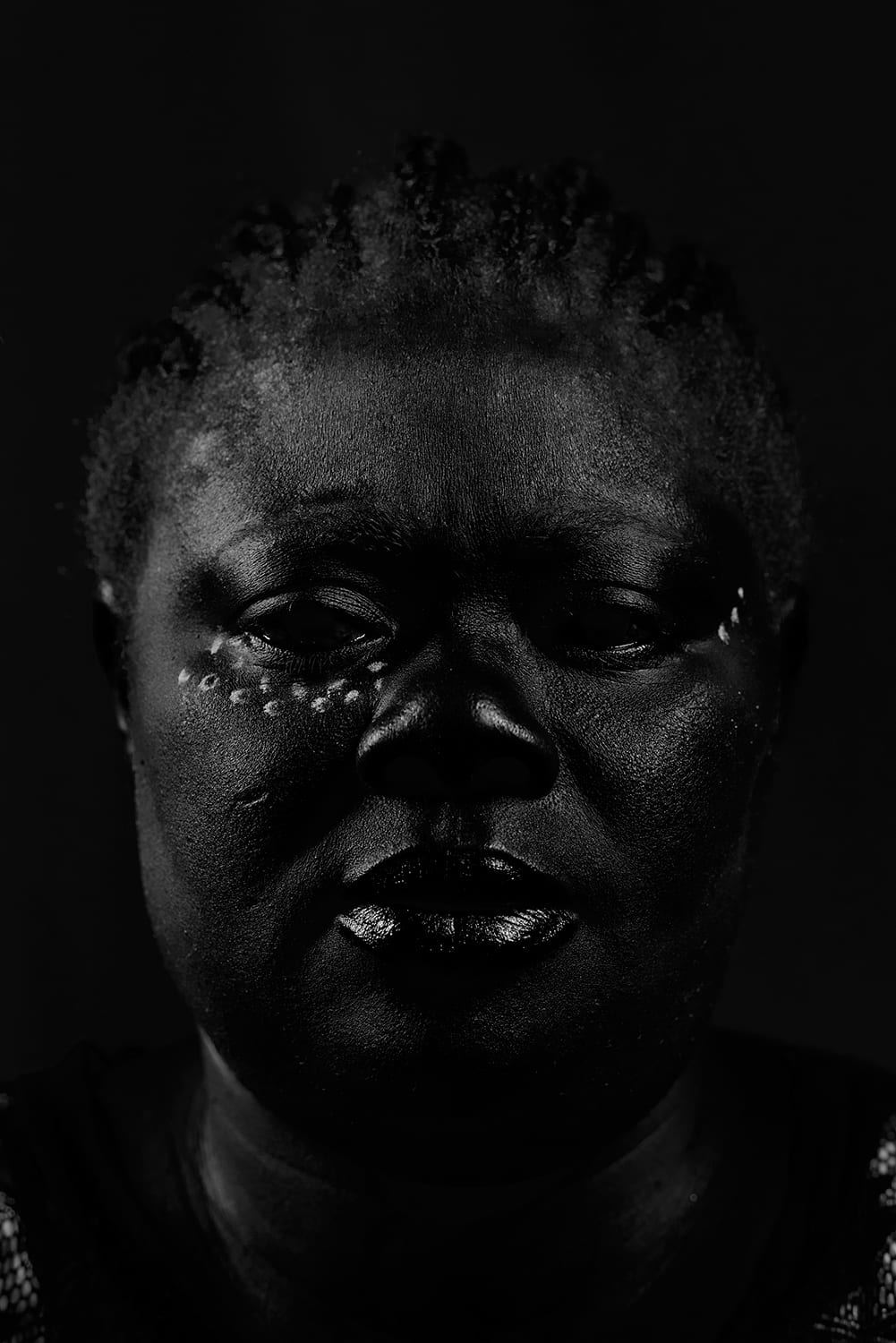
These portraits not only highlight a topical and contentious subject, but also reveal the moving reality behind the news story.
Di Gregorio’s passionate is clear: “That was something that I wanted to say – ‘look, refugees are not only what you see in the media, these are people with pride, with dignity.
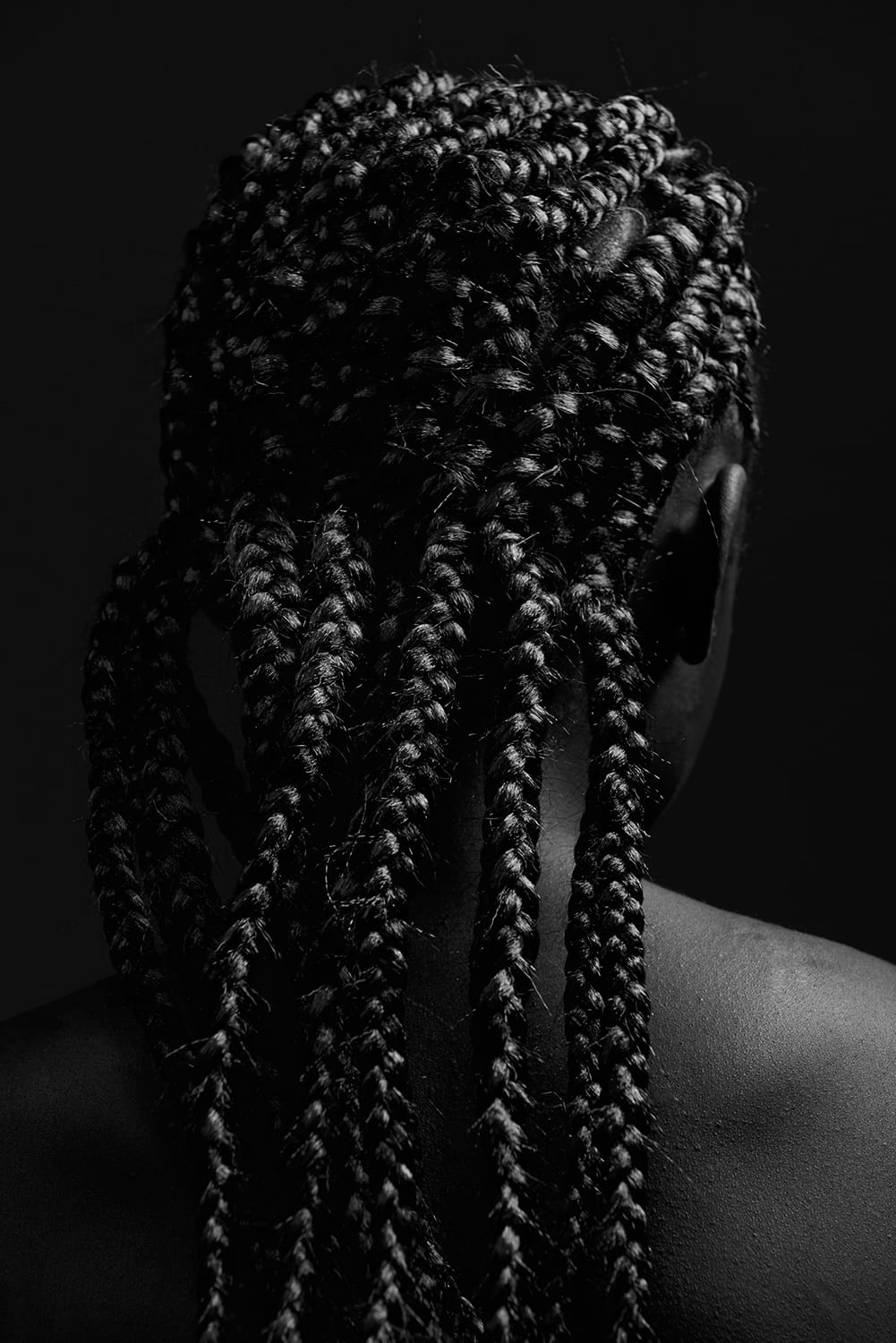
“What I found about their leaving the country was this spirit of adventure. They want to see the world and they want to get out of where they are. The motivation, the way that they live, is very much: ‘I want to experience the world.’ These are people that pull on a rucksack and just go.’”
Project Mirabella may hint at our negative preconceptions of refugee life, but Di Gregorio’s subjects’ stories are more complex.
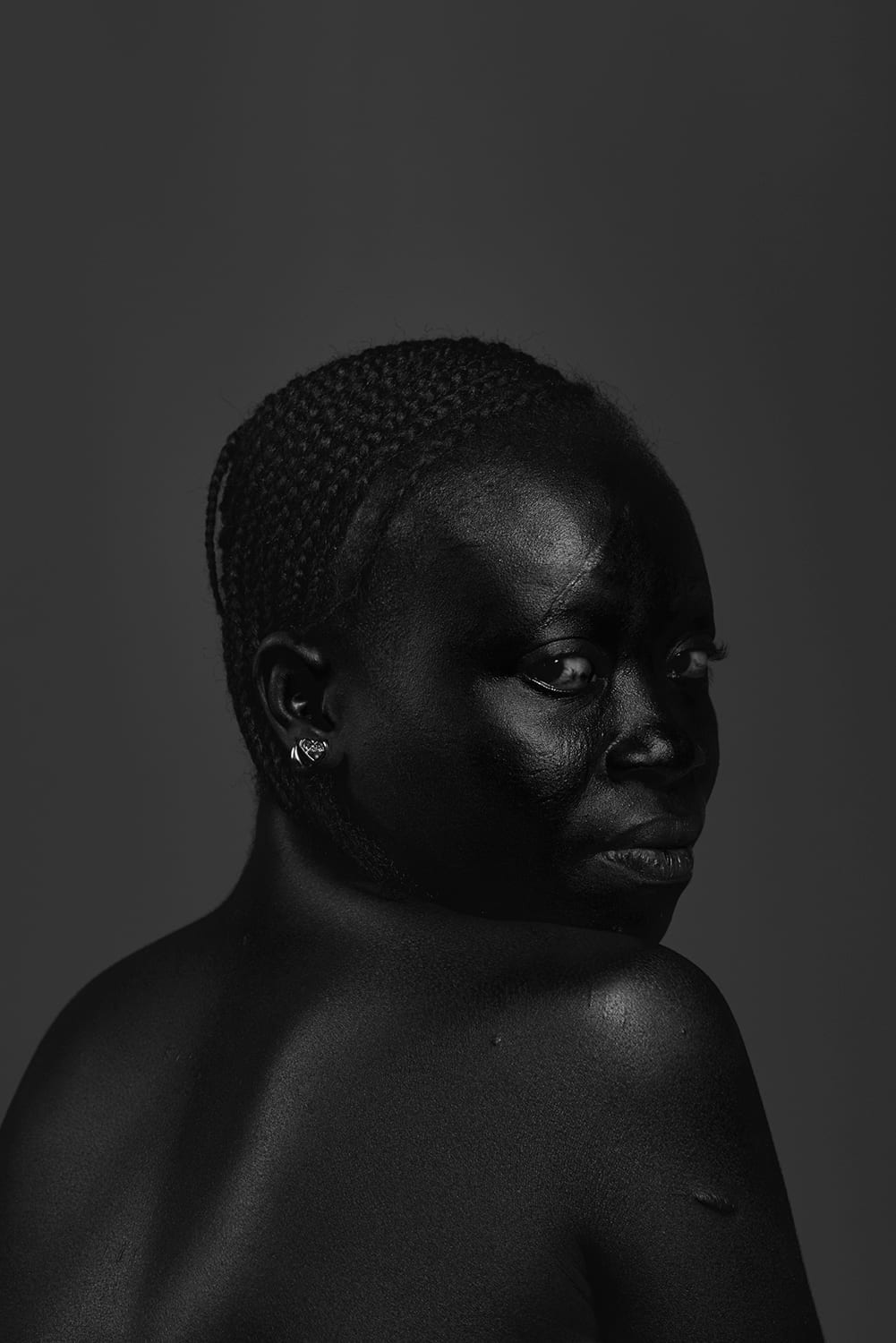
These women have taken many risks to come to Sicily; their tales of beauty are of finding freedom, happiness and a more promising future.
Special thanks from the photographer to Manuela Scebba, Cultural Mediator; Samuele Buoncompagni and staff at Sprar Mirabella; Katia Palmieri and staff at Sprar Vizzini; Sol Calatino Rocco Sciacca.
See more of Salvatore’s work here.

